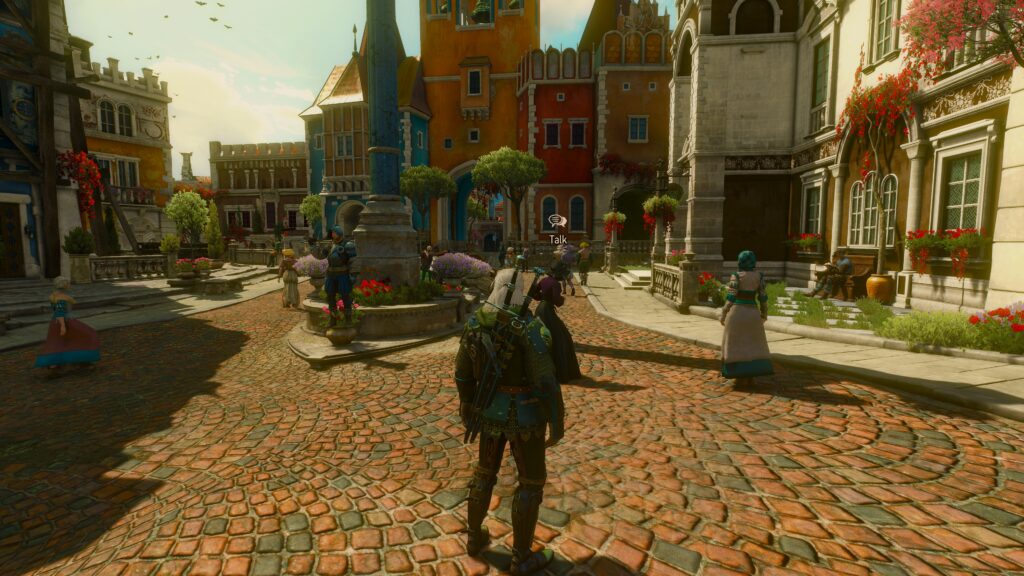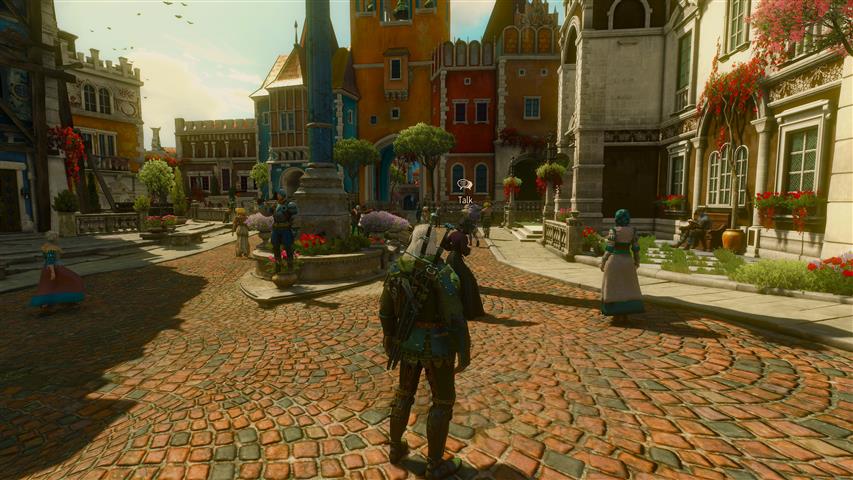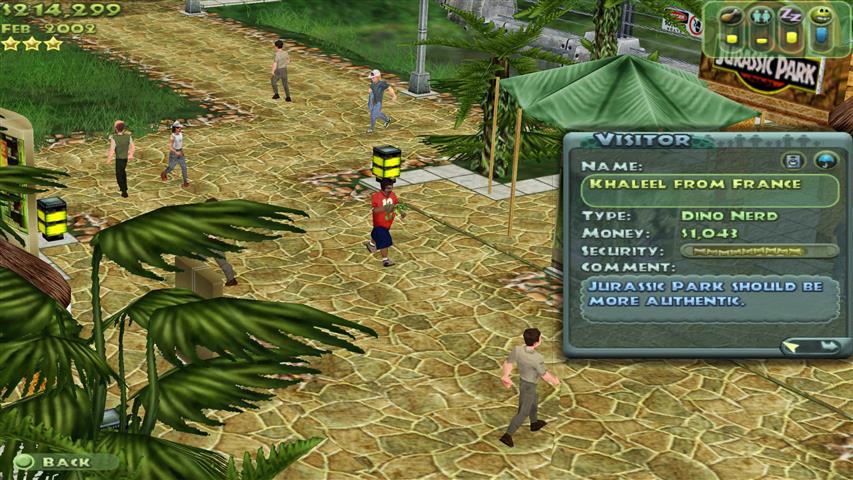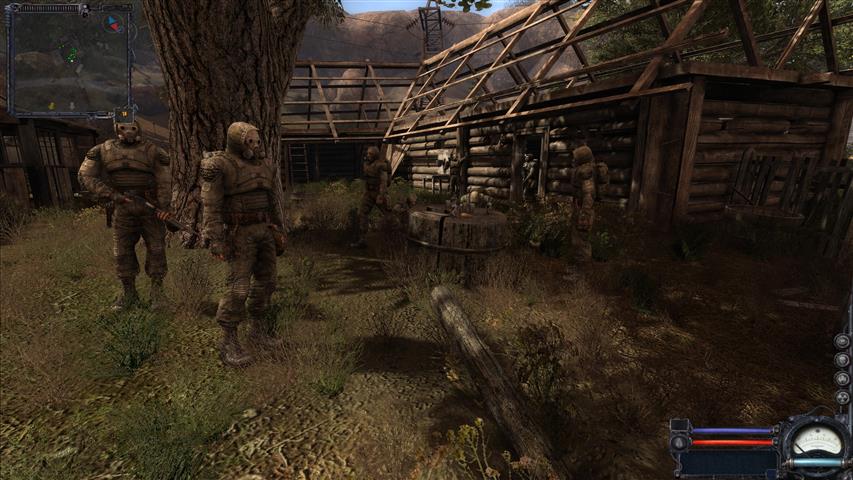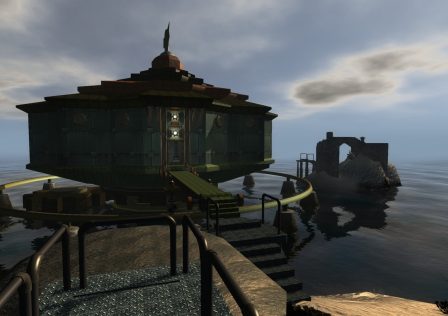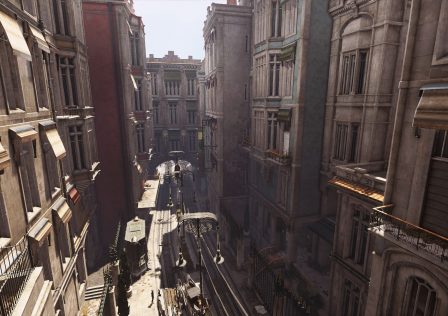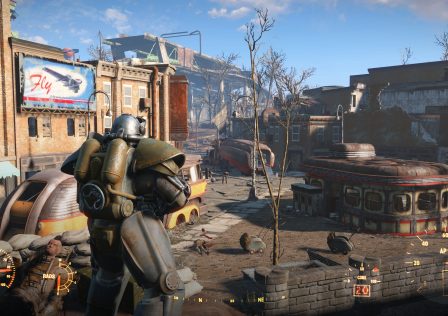Modern games have advanced in multiple ways over the past decades. Technologies such as physical based rendering or adaptive tessellation have been deployed to great effect and help make modern games look amazing. As awesome as this may be is one more concealed yet even more important piece of technology that seems to feature less, something that used to sit as a crown jewel at the back of the box of any would-be high-quality video game. Of course, we are referring to video game artificial intelligence, or AI for short.
But what is artificial intelligence? How do we know whether it is good or not? How does it work in a game? Why would it matter so much? Why does it seem forgotten?
Let us start with what game AI is. It is not (necessarily) some complex piece of machine learning, advanced neural networks or highly tuned matrices. Video game AI is not as complex as what we use in the real world to solve complex problems, nor must it be. Instead, it is an advanced tool that serves to immerse players inside the game worlds or train them to be better at the game. Every single NPC [non player character] in Skyrim or Fallout 4 are a piece of video game AI. Every single soldier in Call of Duty’s single player campaigns is also an example of AI. The different computer leaders in a game of Civilization are AI too. The bots in Counter-Strike are also part of this group. Basically, characters that are not beholden to the player’s direct will and operate within the game’s rules or world are examples of Video Game AI.
In fact, even more esoteric techniques like STALKER’s faction commander or Left 4 Dead’s AI Director are AI too. It should be noted that NPCs’ are usually AI characters, but not all NPCs’ are indeed AI.
The Witcher and Kingdom Come’s AI systems are also a good example.
With that out of the way, lets discuss what we mean with good AI. Good AI is not necessarily hard to defeat. This is a common myth among gamers, but good AI in a video game is not AI that just defeats the player easily. In a first person or third person shooter, making a perfect aimbot AI that can track and see the player behind walls is not all that hard, nor is it realistic or fun. The computer knowing your every move on a strategic map and having ten times the resources is cheating, it is not actual skill let alone intelligence. Neither is being able to click and order units at inhuman speed. That is impressive, but is not in of itself an example of intelligence.
Good artificial intelligence is about believability and immersion. Only in competitive games does the *top level* computer need to be incredibly good at the game, and even then, it cannot afford to cheat or else the challenge it represents is ultimately artificial.
I think this AI has a point…
It also has to be somewhat varied in how it works. Real humans or animals (or aliens) are not finite state machines, they do different things, make mistakes, invent weird tactics or strategies that may even be silly at a glance. Having variation and realistic flaws is very hard to execute. Almost no video games have ever gotten this right, despite it being one of the Holy Grails of AI in games.
Too much importance is given to how well the AI holds up against the player only. Make no mistake, that is THE most important part of the equation, but it is far from the only one. Sometimes, in some games (often open-world ones) there can be third or fourth forces entering into the fray. Be they wild animals in Far Cry, mutants in STALKER, or zombies and antlions in Half-Life, that is yet one more event that the programmers must take into account when making their games. How the group of soldiers handle the player, a singular entity is one problem. How they handle another group of soldiers is another, different problem. How they handle melee-only enemies like animals… that is yet another situation with unique requirements. Some games have special programming to allow the artificial entities in their worlds to deal with different threats and do it well, but it is still a rare thing.
Combine Shotgunner showing his skills against headcrabs
When judging a game’s AI, we must always remember that it cannot work without good level design or good mechanics. An example we can use is the reception to the enemy AI in the classic shooters – Half-Life 1 and Half-Life 2.
The enemies in Half-Life 1 were very advanced for their time. Back in 1998, they managed to use mobility and simple team tactics to keep the players on their toes. It was very well received and Valve flaunted their achievement, deservedly so, as a selling point.
The NPCs in Half-Life 2 were actually a step up above even that. Combine Soldiers have even more complex tactics, can use classic overwatch, suppressive fire, and do reasonable threat management on the fly. However, while definitely really good by 2004 standards, many reviewers and gamers actually thought the AI was worse than what its predecessor had achieved 6 years prior. That was mostly due to the game being slower than its predecessor and the level design in Half Life 2 and Episode 1 not being very optimized for the game’s own AI. When properly unleashed in custom maps or later in Half Life 2: Episode 2, the Combine Soldiers and other NPCs with good AI demonstrate exceptional skills.
Another great example is of course, you guessed it – F.E.A.R.
F.E.A.R. uses the interesting Goal Oriented Action Planning system to great effect, but its biggest achievement is actually combat arena design. The game’s multiple soldiers of all types actually do not even know of each other’s existence. What we the players are seeing, that appears to be exceptional teamwork is actually smoke and mirrors. It’s a trick done by the amazingly talented level designers and a robust, if simple AI core. The results speak for themselves; FEAR’s AI and combat are considered legendary to this day. You do not need to be complex to be great.
FEAR plays differently every time
AI technology is central to many single-player games since that is what the player’s interact with the most. This goes more for dynamic games like Grand Strategy titles and Open-World games, but it is still key. How well does the computer sell you on its world?
When NPCs do their routines across the cities of Novigrad in The Witcher 3, going through an advanced and complex routine, when Duty scouts are sent out to scout ahead and hunt mutants and anarchists in the Red Forest in STALKER, when the Leaders in Civilization make a weird alliance far away from the player — these things do not have immediate or direct gameplay implications, but they are crucial for making the world feel believable and alive.
In fact, smaller things with even less weight like the dialogues and radiant AI systems in Bethesda’s games are very important – they make the world feel that extra bit less static and more lived in.
Hmmm…
We hope that by now we have also de facto explained why this technology matters so much for our games. However, we need to add one more argument – Multiplayer and helping players grow.
The bots in Counter-Strike and Unreal Tournament, the commanders in Warcraft 3 and Starcraft 2 are incredibly important for their respective games. First, they guarantee that Co-Op of some sort can easily be done between friends. Second, they help teach new players on how to play the games in a semi-competitive environment without annoying other humans. They also serve to assure that these games will always have some sort of play, even if the internet itself goes down or the games become forgotten. These games will still have some of their inherent gameplay forever. Another niche advantage, but still really cool, is that bots plus a good modding community may equal very interesting custom game modes for the community.
Defending the AI general here makes my victory a lot more certain.
If artificial intelligence is indeed so important, why does it seem to be forgotten nowadays? What happened?
Well, the reality is that developers still do care for it. In fact, it still sees advancement in Strategy games, Tactical games, and even certain simulation games.
But with other genres, things have indeed taken a turn for the worse. Modern action games do not have terrible AI (Doom ironically has really good AI), but they are usually a clear step under FEAR or Half Life. While open-world titles do decently with their simulation aspects of AI, they do lose the crown to old, if modded STALKER A-Life.
Graphics have advanced so much over the past 15 years, but the AI has not kept pace at all. And there is a reason for this. Unfortunately, it seems that good artificial intelligence does not really sell games anymore, or at least not well. Gone are the days of reading “Realistic AI” or “Brutally smart enemies” at the back of the box or the store page of our games.
Most of the time, developers create a somewhat workable level of AI and then focus completely on using all of their resources on making the games look pretty. The thing is, from their point of view it makes sense. Graphical fidelity is incredibly complex, but with the help of GPU manufacturers and the resources of console developers, it is something that can be pushed forward year after year. Trailers and screenshots are easy marketing that we gamers love, but something like great AI is not nearly as easy to showcase and will really impress mostly hardcore gamers only.
Competitive and/or multiplayer games rarely need this technology either since most people have a decent internet connection nowadays, and tutorials have gotten a whole lot better these days.
What weird picnic is this?
And it is a shame too. On the PC we have brutally fast CPUs like Ryzen or Core and awesome GPUs with obscene levels of compute at our disposal. However, there is hope for tech aficionados like me – the new consoles will finally raise the floor for CPU performance in AA and AAA titles. And while that does not mean that we will suddenly be getting games with amazing AI again, it does at least remove the technical limitations, at least in most popular genres.
I am hopeful for the future, since it was not the promise of pretty graphics that got me into gaming, even if I appreciate that nowadays. It was the promise of a living, reactive, exciting world.
This article was originally published for Sapphirenation here.

